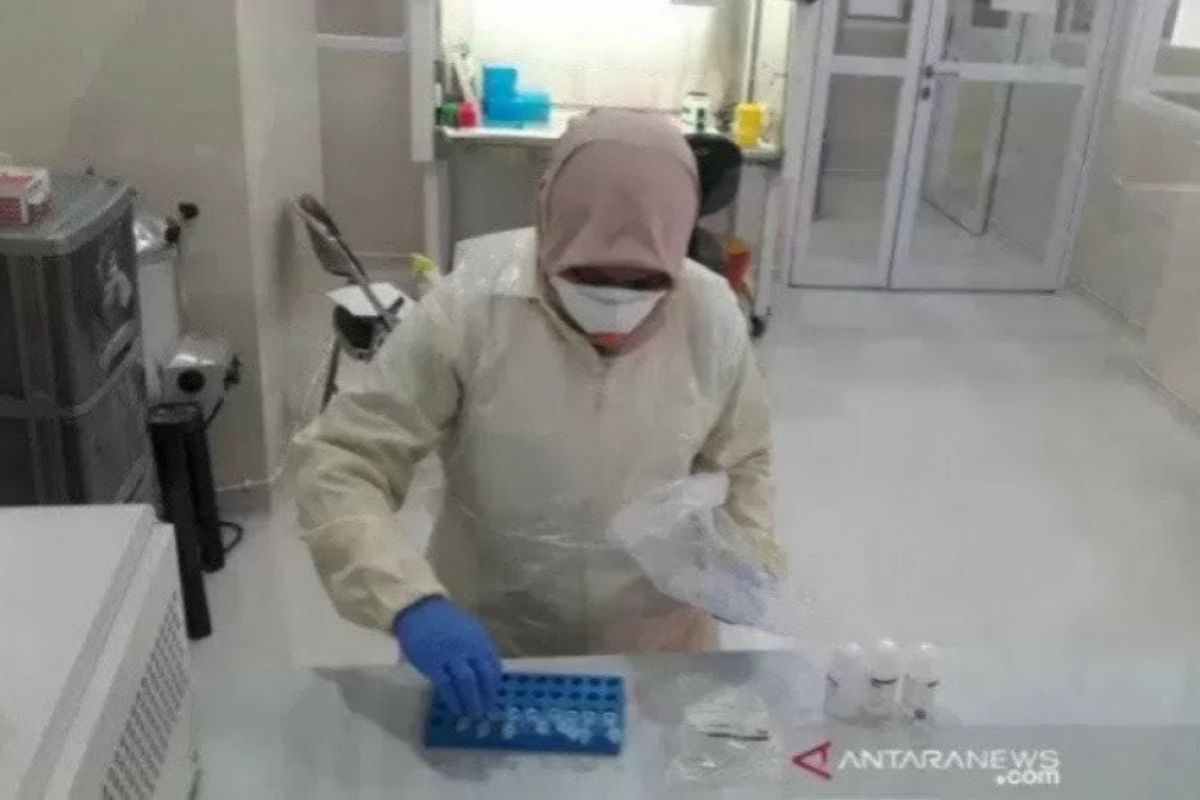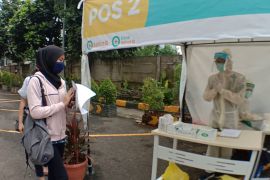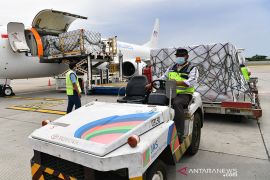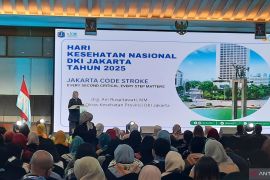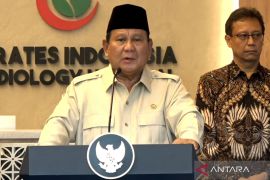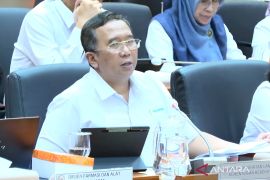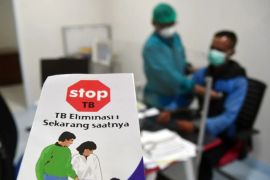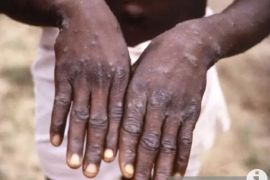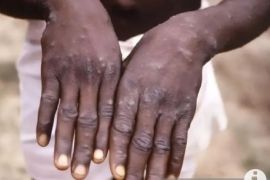Based on data compiled by the Task Force for COVID-19 Handling as of Friday, Indonesia has added 3,891 COVID-19 cases, taking the total tally to 236,519, while the death toll has risen by 114 to reach 9,336.
Based on the distribution of cases, DKI Jakarta has recorded the most recoveries at 1,028, with 1,258 people testing positive for the virus and 22 patients succumbing to it.
East Java is next with 527 new recoveries, 485 positive cases, and 26 deaths, followed by Central Java with 420 recoveries, 198 confirmed cases, and 8 deaths, and West Java with 288 new recoveries, 341 infections, and 2 deaths.
Next, Riau Islands has recorded 286 recoveries, 88 confirmed positive cases, and 4 deaths; South Kalimantan 199 recoveries, 25 positive cases, and 2 deaths; while, Riau has recorded 195 recoveries, 225 positive cases, and 3 deaths.
In addition, 7 provinces have reported less than 10 new cases, and no province today reported zero additional cases.
The COVID-19 Task Force has also recorded 104,866 suspected cases, with 493 districts/cities affected in 34 provinces.
Related news: Ministry maps flight routes for COVID-19 vaccine distribution
Related news: Wisma Atlet COVID-19 emergency hospital admits 1,066 other patients
Meanwhile, 44,428 specimens have been examined on Friday. So, the total number of specimens that have been examined, using both realtime PCR (polymerase chain reaction) and molecular rapid tests (TCM), has cumulatively touched 2,841,352.
The number of districts and cities in Indonesia classified as red zones, or areas with a high COVID-19 transmission risk, had declined to 41 as of September 13, 2020 compared to 70 earlier.
"It is good news that the number of districts and cities classified as red zones has fallen from 70 to 41," spokesperson for the National COVID-19 Task Force Wiku Adisasmito said at a press conference at the Presidential Palace here on Tuesday.
With the decline in COVID-19 transmission risk, 34 districts and cities which were earlier categorized as red zones have been designated as orange zones, or areas with a moderate risk of COVID-19 transmission, he informed.
As a result, the number of districts and cities classified as orange zones this week has increased to 293 from 267 earlier, he said.
The increase in the number of orange zones also points to a rising risk of COVID-19 transmission in areas that were earlier classified as green zones, or areas with zero risk of coronavirus transmission, he said.
"The orange zones should really pay attention to the control of (COVID-19) cases and implement health protocols so that they will change into light (green) zones and no longer witness new cases," he said.
The task force has also recorded an increase in the number of yellow zones, or areas with a low risk of COVID-19 transmission, while the number of green zones, or areas without new cases, has declined.
"The number of green zones has declined to 22 from 25. We hope the 22 districts and cities seriously implement health protocols," Adisasmito said.
Related news: Sports competitions to resume, albeit without spectators: task force
Related news: New COVID-19 clusters arising in refugee shelters: Epidemiologist
Translator: Katriana, Azis K
Editor: Sri Haryati
Copyright © ANTARA 2020
